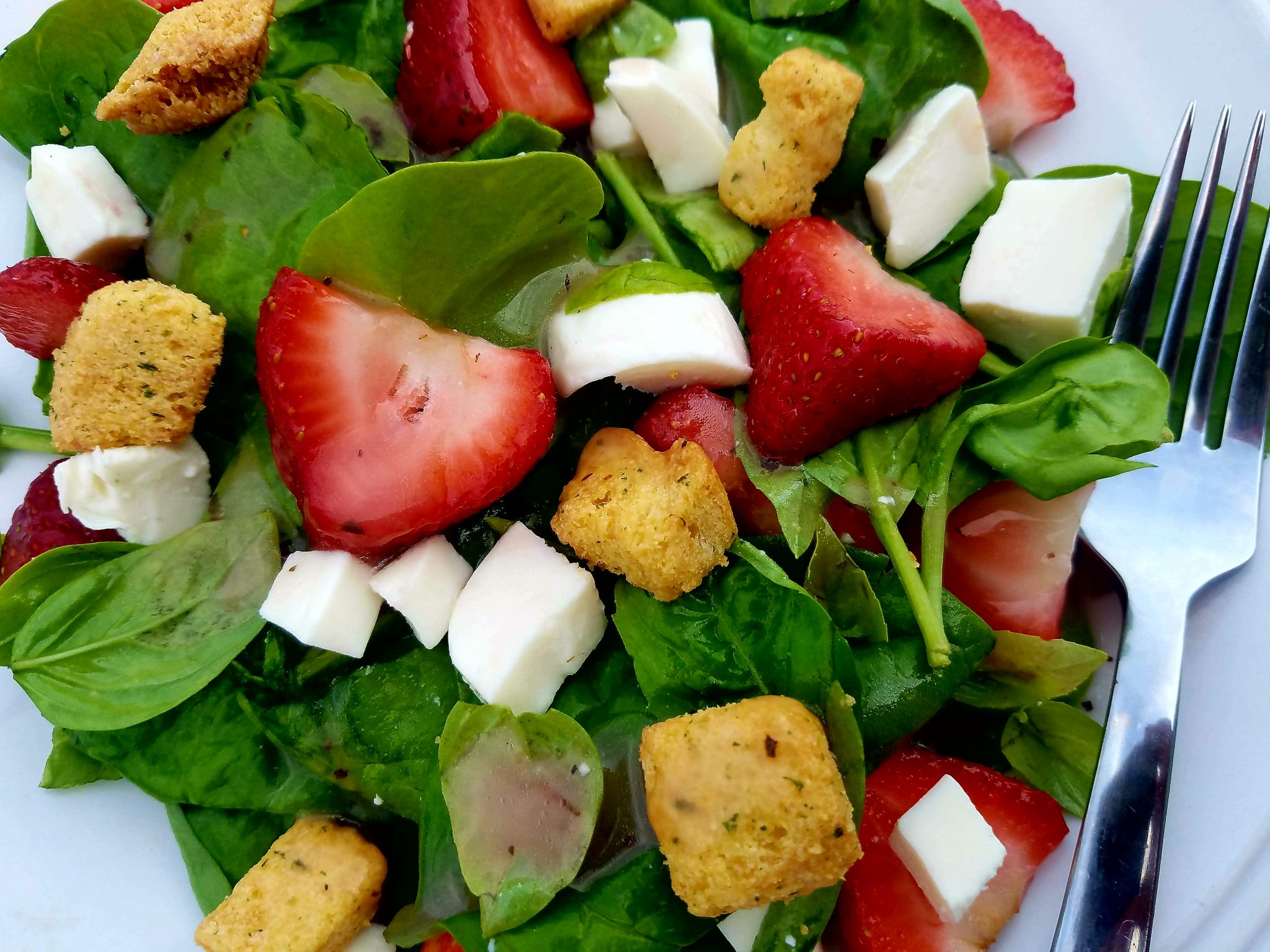Spending time outdoors this summer?
Take a few minutes to watch this powerful video about malignant melanoma:
When I was 16 I wasted countless hours roasting myself in the sun like a rotisserie chicken. I even slathered on the baby oil to accelerate the process. In college, I visited a tanning bed several times per week for about one year.
I thought that I was young and invincible…
At age 27, I realized that I was not.
I was diagnosed with malignant melanoma.
I wish that I could show this video to myself at age 16 (a swift kick in the shin probably wouldn’t hurt either). Hopefully, you will be much wiser than I was.
Protect yourself this summer with these skin cancer prevention tips:
1.) Limit sun exposure from 10 a.m.- 4 p.m. when ultraviolet radiation is the most intense. This is the most important factor. Plan your outdoor activities for the morning or late afternoon. Seek shade during midday.
2.) Use a broad spectrum UVA/UVB sunscreen with a Sun Protection Factor (SPF) of at least 15.
3.) Apply sunscreen liberally, using about one ounce per adult application. An 8 ounce bottle of sunscreen should last for about 8 applications, not all summer.
4.) Use water resistant sunscreen when swimming or sweating heavily and be sure to reapply it regularly.
5.) Avoid tanning beds. The Food and Drug Administration advises consumers to avoid tanning beds because they increase the risk of skin cancer. A recent study suggested that “doses of UV radiation emitted by high pressure sunlamp products may be up to 10 to 15 times higher than that of the midday sun, an intensity not found in nature.”
6.) Cover up with broad brimmed hats, UV rated sunglasses and clothing such as rash guards.
7.) Examine your skin once a month for moles that are new or changing. Consult with your physician immediately if you suspect something abnormal.
8.) Remember the ABCDE test for Melanoma.
A mole may be a melanoma if it has one of these characteristics:
- Asymmetry: The shape of one half does not match the other half.

- Border that is irregular: The edges are often ragged, notched, or blurred in outline. The pigment may spread into the surrounding skin.

- Color that is uneven: Shades of black, brown, and tan may be present. Areas of white, gray, red, pink, or blue may also be seen.

- Diameter: There is a change in size, usually an increase. Melanomas can be tiny, but most are larger than the size of a pea (larger than 6 millimeters or about 1/4 inch).

- Evolving: The mole has changed over the past few weeks or months.

9.) Have a skin cancer screening with a dermatologist once per year.
Concerned about the chemicals in sunscreen?
The Environmental Working Group posted a review of 1,000 brands of sunscreen and raised concerns about some of the ingredients. Sunscreens typically received a poor rating if the ingredients were allergenic or if animal studies suggested possible endocrine disruption. However, the Skin Cancer Foundation criticizes the scientific rigor of their rating system.
Chemical sunscreens (e.g., oxybenzone, avobenzone) absorb UV radiation. Physical sunscreens (e.g., titanium dioxide, zinc oxide) are often mineral based and provide a physical block against UV radiation. The Centers for Disease Control and American Academy of Dermatology state that both are safe and can be effectively used to reduce UV exposure as long as you are not sensitive to any of their ingredients.
While research continues to determine if there are any negative health effects of sunscreen ingredients, one fact remains clear–. ultraviolet radiation is classified by the International Agency for Research on Cancer as a Group 1 “known human carcinogen”. The benefits of wearing sunscreen clearly outweigh the potential (if any) risks.

